The Prisons of the Freedom Struggle
- August 14, 2020

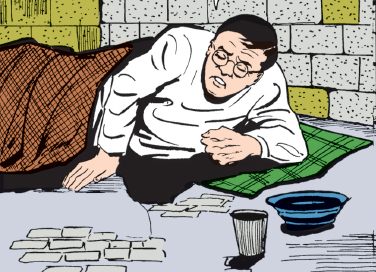
The Prisons of the Freedom Struggle
- August 14, 2020
India’s freedom struggle came at the cost of many sacrifices and bloodshed by its people. There are numerous stories of freedom fighters who marched against British rule through various movements. The outcome of many of these movements was jail time for many of our activists for long periods. Here are a few prisons that our leaders spend time in during this tumultuous chapter in Indian history.
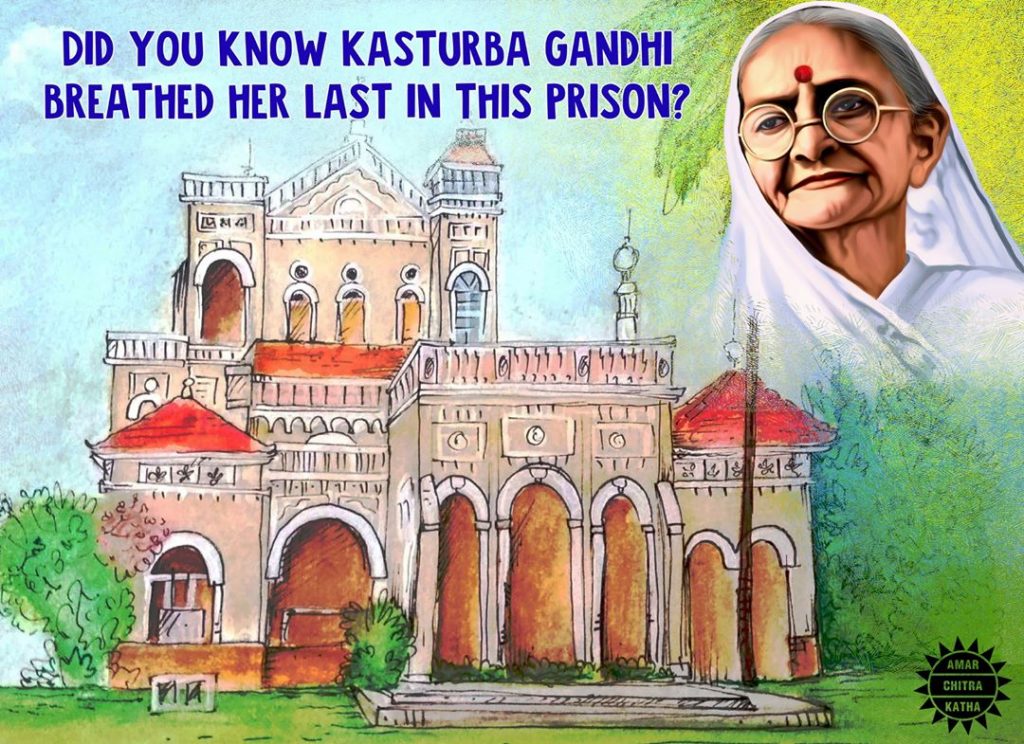
In 1892, Sultan Muhammed Shah, Aga Khan III built the Aga Khan Palace in Pune. The story goes that when the neighbouring villages were hit by a severe famine, the Sultan ordered the construction of this palace to provide employment to the villagers.
During the time of the freedom struggle, this palace was converted into a prison, which saw many luminaries jailed here for a bit. During the Quit India Movement, Kasturba and Mahatma Gandhi were detained within these walls, with Kasturba falling seriously ill and breathing her last here. Today, there exists a memorial dedicated to her for her role in the freedom struggle and especially for encouraging women.
To receive more such stories in your Inbox & WhatsApp, Please share your Email and Mobile number.
In 2003, the Archeological Survey of India declared the Aga Khan Palace a monument of national importance.
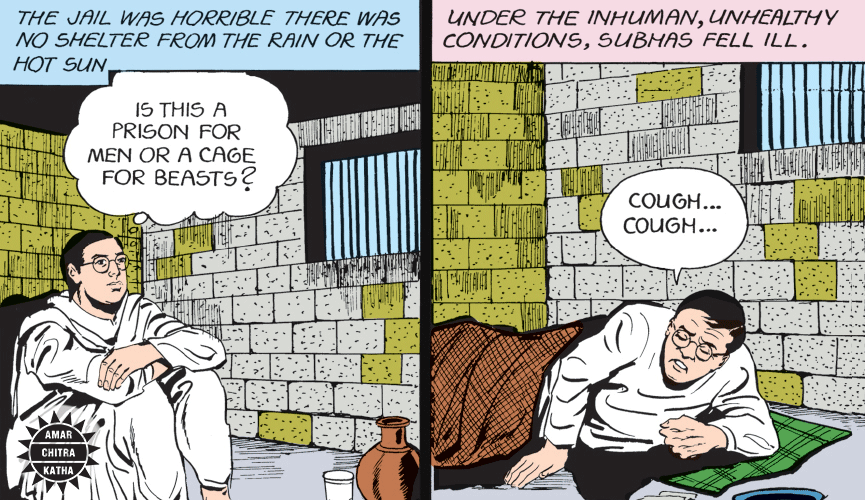
Popular freedom fighters were imprisoned in the Mandalay prison, Myanmar, to keep them away from the mainland as the British were afraid of their influence on the public. Subhas Chandra Bose was also transferred to the Mandalay prison from Calcutta (now Kolkata), where he contracted tuberculosis. The inhuman living conditions of the prison cell only added to the deterioration of his health. When the news of his illness got out, Calcutta rose in one voice demanding his release. Under pressure, the British government decided to grant him a conditional release according to which he would have had to go to Europe. Bose refused to accept such an order and said he would rather stay in prison. Finally, he was granted an unconditional release from the prison.

The Andaman Islands were known for prison sites where freedom fighters who fought against the British were deported. One such site was Viper Island. The soldiers who were imprisoned by the British after the revolt of 1857 were sent here. In 1867, a jail was built to house more prisoners. They were made to work through day and night, tied up together in chains. This led to the prison being called the ‘Viper Chain Gang Jail’.
Famous prisoners here included the Maharaja of Puri, Brij Kishore Singh Deo, who died during his internment, as well as freedom fighter, Sher Ali Afridi, who had assassinated the then Viceroy of India, Lord Mayo. He was hanged to death here in 1873.
In 1906, the prison was abandoned when the infamous Cellular Jail or Kala Paani was built and all the prisoners were moved there
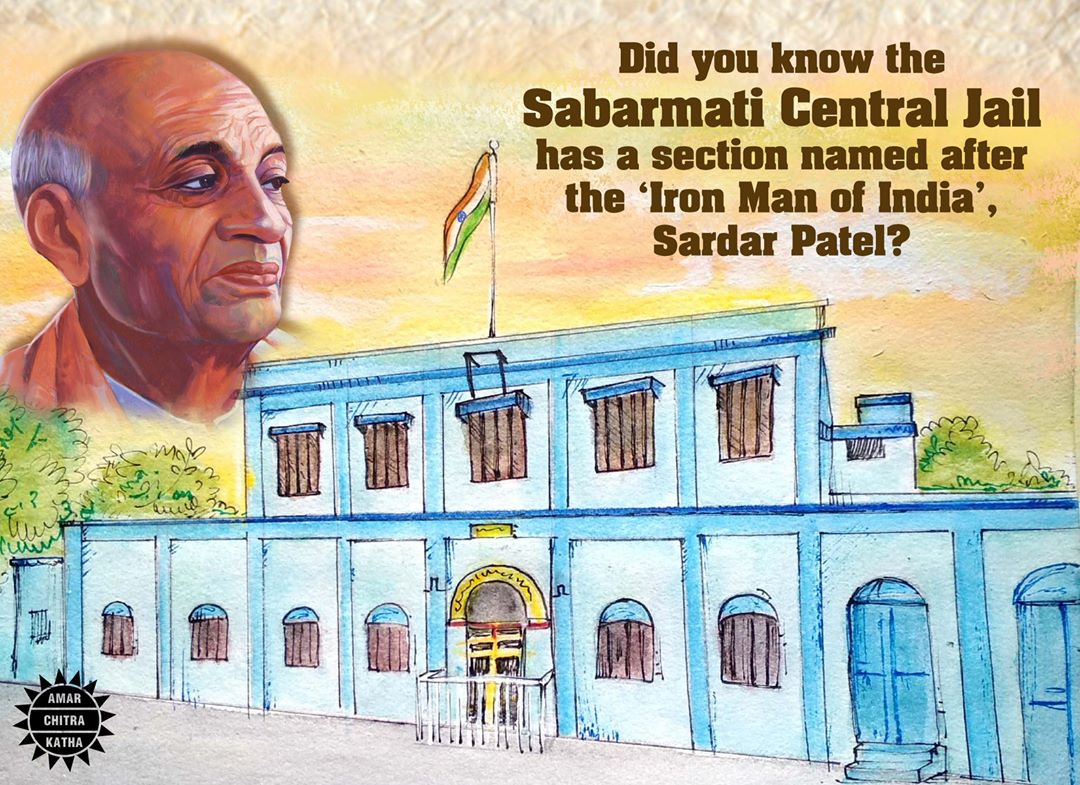
The Sabarmati Central Jail has been a working prison for the past 114 years. It was built by the British between 1891 and 1894 in present-day Ahmedabad.
On March 7, 1930, a day before Mahatma Gandhi began his Dandi march, Sardar Patel was arrested by the British and imprisoned here. Patel was in the village of Ras in Gujarat to address a gathering when a British official tried to stop him. He opposed the official and was sent to jail for doing so. The British thought that his arrest would dissuade Gandhi from launching the march but it did not. The area where Sardar Patel stayed in the prison is today called the Sardar Yard.
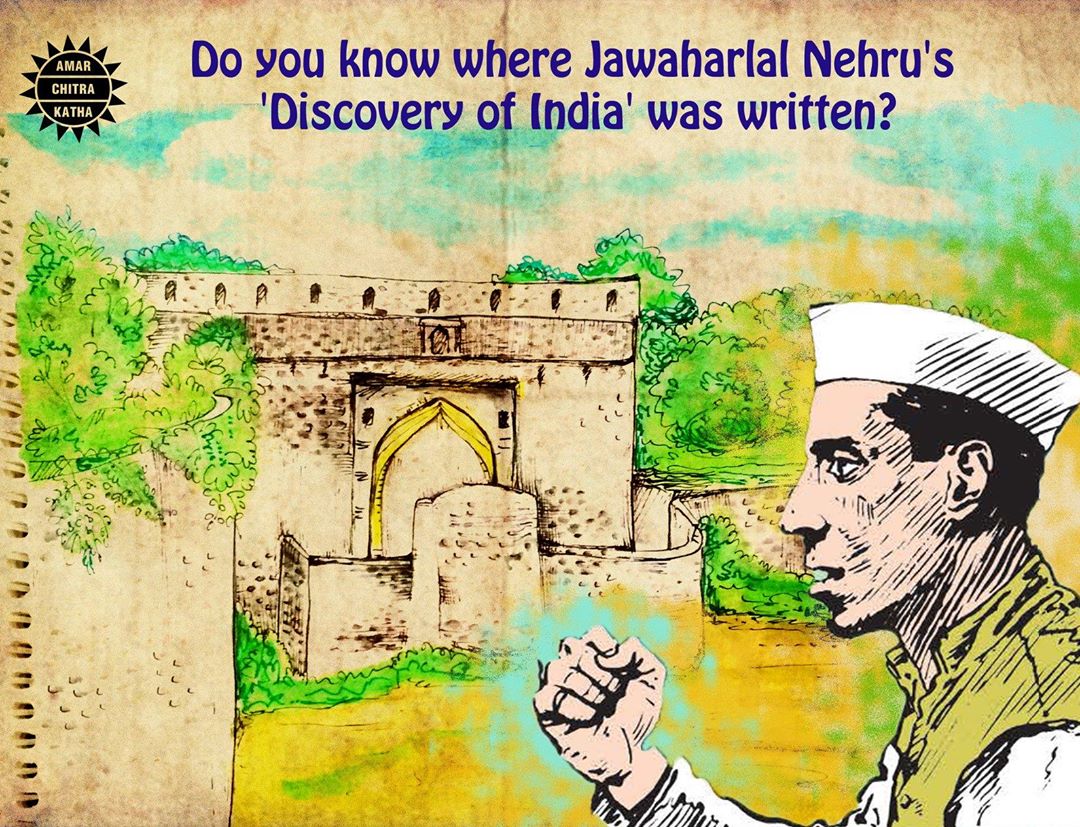
The city of Ahmednagar was the capital of the Nizam Shahi Sultanate for over a century and is said to have been more splendid than Cairo and Baghdad! The Ahmednagar Fort was built in the 15th century by Malik Ahmed Nizam Shah I. After the siege of Ahmednagar in 1803, the British were able to wrest control of the fort from the Marathas. During the uprising in 1857, Ahmednagar witnessed 7000 Bhils rebelling against the British. Over time, they were ruthlessly crushed. As the freedom struggle grew more powerful, the Ahmednagar fort was used by the British to imprison freedom fighters. It was here that Jawaharlal Nehru penned his famous historical work ‘Discovery of India’ in 1944. One of the rooms in the fort is dedicated to Nehru and contains some of the objects preserved from his time
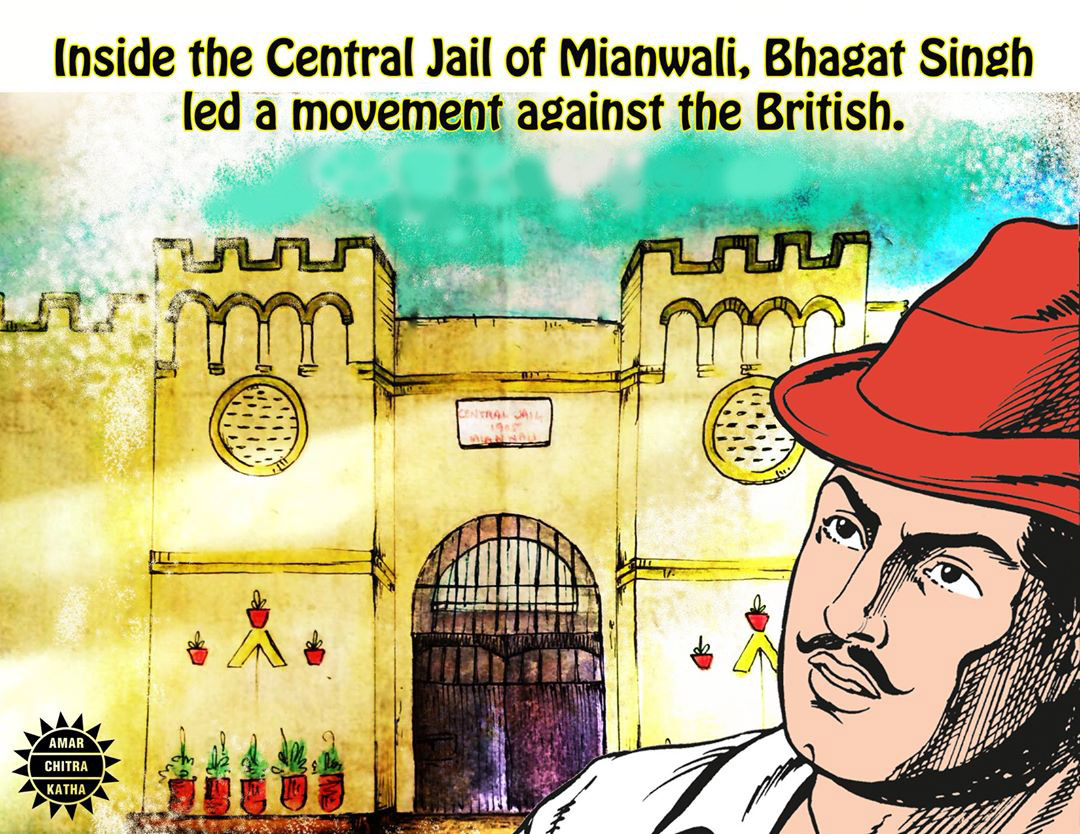
Another prison of historical importance is the Central Jail of Mianwali. Bhagat Singh and his comrades were imprisoned here after they were convicted for the attack on the Delhi Assembly in 1929. There, he noticed that the Indian and British prisoners were treated unequally, and went on a hunger strike along with his fellow Indian inmates to protest this injustice. They demanded equal rights and access to basic amenities, striking for 116 days despite the many efforts of the British to end it. Today, 115 years later, the Central Jail of Mianwali continues to function as a prison.
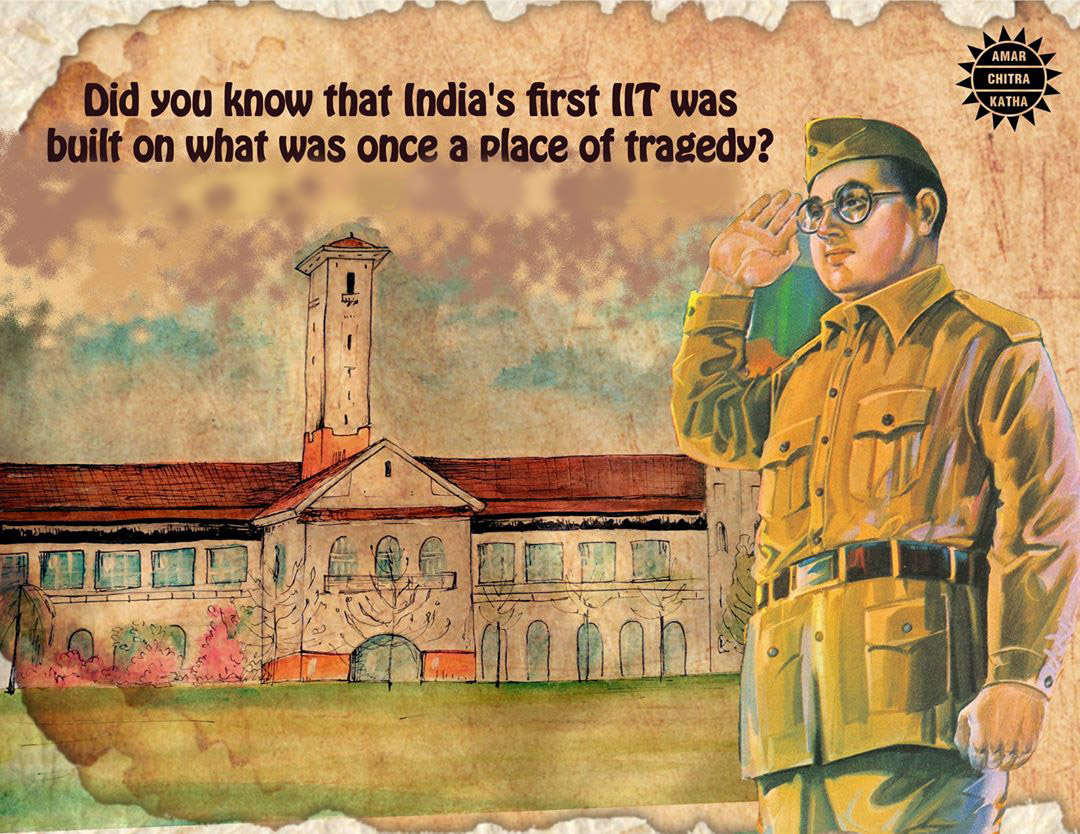
When IIT Kharagpur opened in 1950, it stood on what was once a detention camp set up by the British to detain freedom fighters and revolutionaries. The Hijli Detention Camp, as it was called, was set up in 1930. In 1931, a couple of guards opened fire on the detainees and two freedom fighters, Santosh Kumar Mitra and Tarakeswar Sengupta, were shot dead. Their executions were condemned by several people, including Rabindranath Tagore and Subhas Chandra Bose, the latter who personally went to collect their bodies from the detention camp. The tragedy shook Bose and it is said this pushed him to leave for Japan soon after to form the Indian National Army. The camp was officially closed for good in 1942. Today, it stands as Shaheed Bhavan, a testament to the grit and resolve of our countrymen.
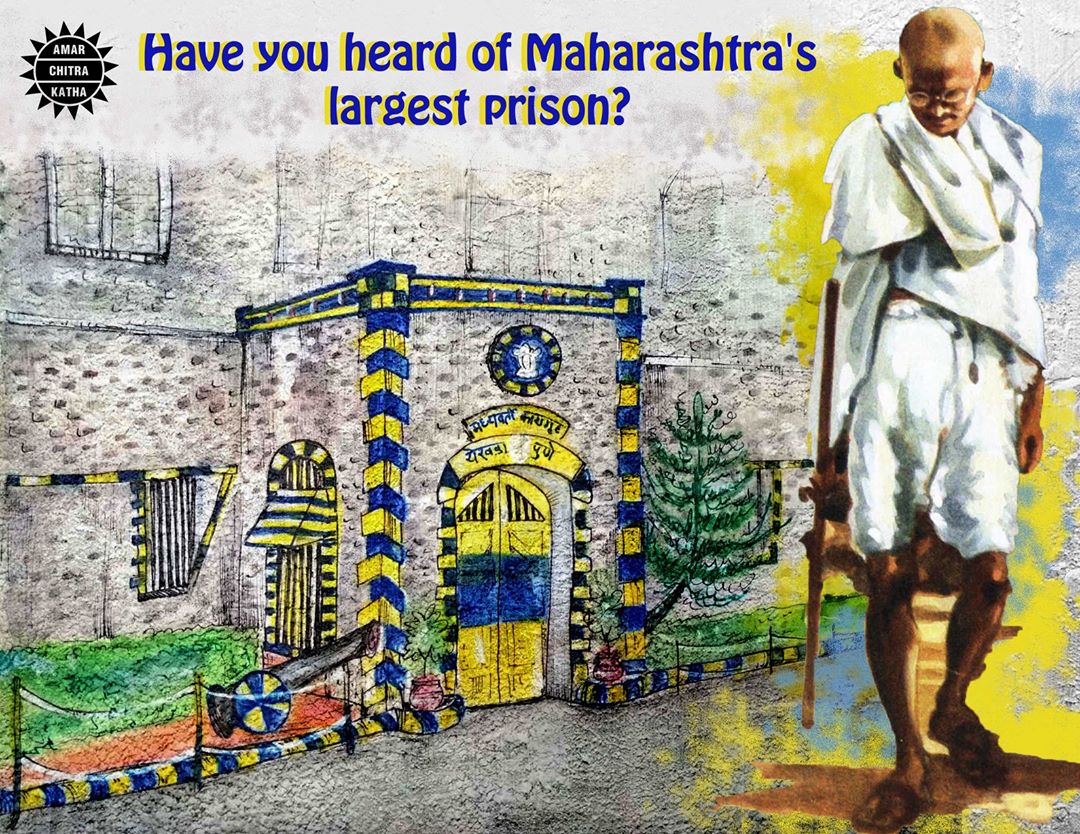
The largest prison in Maharashtra, the Yerwada Central Jail was built in 1871 by the British on the outskirts of Pune city. Built in an oval shape, the high-security block inside has prison cells known as ‘anda cells’, anda meaning egg. The criminals who are considered dangerous and require strict monitoring are imprisoned here
During the freedom struggle, many significant freedom fighters like Mahatma Gandhi, Pandit Jawaharlal Nehru, Netaji Subhash Chandra Bose and Bal Gangadhar Tilak were incarcerated in the Yerwada Central Jail. When Gandhi started a new satyagraha after the Second Round Table Conference in 1931, he was arrested and imprisoned here. This prison is also where he signed the Poona Pact along with Dr B. R. Ambedkar in 1932.
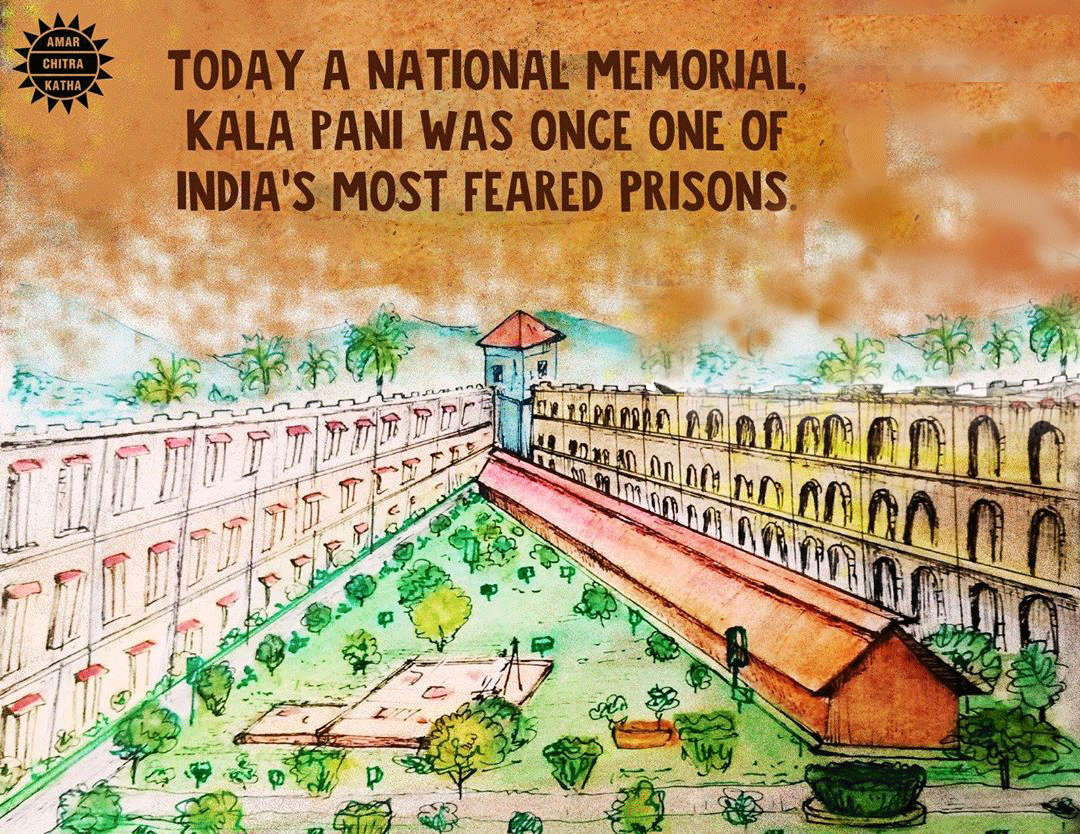
Andaman and Nicobar’s Cellular Jail, infamously known as Kaala Pani, was one of the most dreaded prisons in existence during the years of the freedom struggle. It took the British ten years to build it at Port Blair. Convicts who were sentenced to solitary confinement were incarcerated here. The only access they had to the outside world was one letter that they were allowed to write and mail every year! Bhagat Singh, Sukhdev, and Batukeshwar Dutt were sentenced to life imprisonment for Central Assembly Bomb Case to the Cellular Jail.
Read the stories of the forgotten heroes of India’s freedom struggle in various Amar Chitra Katha titles on ACK Comics app, also available on Amazon, Flipkart, and other major e-tailers.
To receive more such stories in your Inbox & WhatsApp, Please share your Email and Mobile number.

Comic of The Month
The Naval Journey of India Book I
This book is the first of a three-book series that takes a deep and detailed look at India's Naval History and a deep insight into the lives of our men and women in white. But any series on the Indian Navy has to start at the very beginning - exploring India's celebrated maritime history. Join our little hero, Bharat, and his grandfather, Commodore Sagar, as they sail into the deep blue waters of time. Book I of The Naval Journey of India takes a sweeping look at India's maritime endeavours, how the seas impacted us over millennia and how the oceans made us who we are.